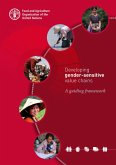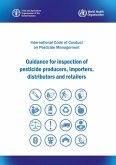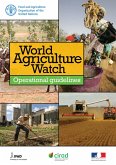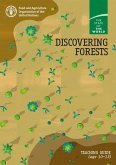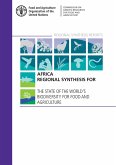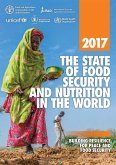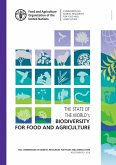In addition to the use of international standards, the proper conduct of an agricultural census also depends on adequate planning, implementation, use of resources and quality assurance throughout all stages of the census. In light of this, Volume 2 of WCA 2020 "Operational guidelines" has been designed to guide national census practitioners responsible for conducting the agricultural census. It deals with the practical steps involved in actually conducting an agricultural census in the field. Volume 2 is a revised and updated edition of "Conducting Agricultural Censuses and Surveys", published by FAO in 1996.
The revision is opportune not only in view of the recent publication of the new census programme and methodology but also in view of the substantial changes witnessed in the census technological environment over the last two decades. The availability of digital, mobile and more affordable tools for data capture, geo-positioning, remote sensing imaging, digital archiving and online dissemination have provided new cost-effective alternatives to traditional ways of conducting the agricultural census.
Dieser Download kann aus rechtlichen Gründen nur mit Rechnungsadresse in A, B, CY, CZ, D, DK, EW, E, FIN, F, GR, H, IRL, I, LT, L, LR, M, NL, PL, P, R, S, SLO, SK ausgeliefert werden.



